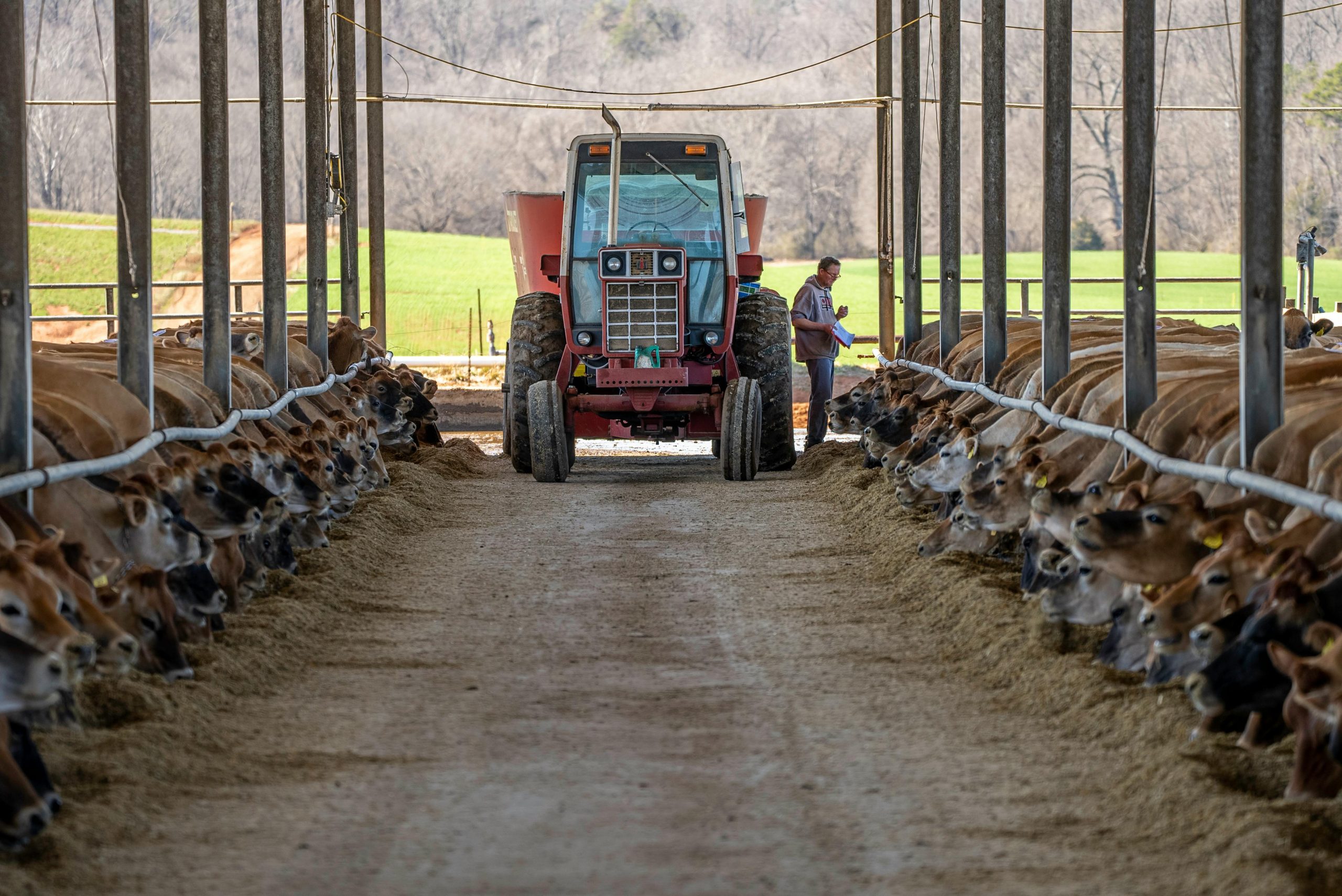What Farmers Actually Need to Join Your Sustainability Program (And What Stops Them)

Farmers are central to every agri-food company’s climate and sustainability targets. Yet many sustainability programs struggle to reach full adoption. The reason is rarely resistance; it’s risk. For most farmers, change is costly, uncertain, and often poorly supported. If companies want credible Scope 3 reductions, soil health improvements, or biodiversity gains, they need to start by asking a simple question: What do farmers actually need to say yes?
ODOS has worked with dairy, beef, wine, olive oil, and swine systems across Europe. Our fieldwork highlights five core adoption barriers and the five conditions that make sustainability stick.
Adoption Barriers: What’s Stopping Farmers from Joining?
Sustainability often sounds like extra work. For farmers, especially small and mid-sized operators, every new practice must compete with daily tasks, seasonal pressure, and tight margins. Based on our field interviews and data, these are the top five barriers:
No financial buffer for risk
Most climate-positive practices involve upfront costs, new seed mixes, fencing, slurry storage upgrades, or data collection tools. Without clear ROI or co-financing, these are non-starters for low-margin farms.Unclear or inconsistent incentives
Many programs lack transparent rewards. Farmers aren’t sure if they’ll get a premium, a contract extension, or anything at all. Uncertainty equals inaction.Low trust in measurement
Farmers are wary of data tools that don’t reflect on-farm reality or require excessive manual input. Many assume they’ll be blamed for emissions they can’t fully control.Lack of local support
Even if the practice is technically feasible, few farmers will try it without hands-on advice. Advisors are overstretched, and programs often don’t fund field-level support.Poor fit with production goals
Some practices reduce emissions but also reduce output or efficiency, at least in the short term. Without flexible pathways or compensatory models, this becomes a hard no.
What Farmers Say They Actually Need
From interviews with Irish dairy farmers, Spanish swine producers, and French beef cooperatives, five clear needs emerge. These are the conditions that turn pilot trials into program scale:
1. Proof of profitability
Every successful project starts with a clear economic case. This means not just emissions saved, but input costs reduced, output protected, or time saved. For example:
Multispecies swards and white clover reduce fertilizer needs and stabilize yield
Feed additives that reduce methane must also maintain—or improve—feed efficiency
Covered slurry systems must also improve nutrient retention and reduce agitation needs
2. Upfront or co-financed investment
Even small changes require cash. Programs that succeed offer:
Grants or co-funding for infrastructure (e.g. manure storage)
Input support (e.g. seed mixes or feed supplements)
Longer-term supply contracts tied to outcomes
3. Simple, integrated tools
Farmers don’t want more paperwork. They want tools that work in the background, integrate with their existing routines, and deliver useful feedback. The best systems:
Collect data passively (via sensors, meters, or pickup integration)
Deliver personalized insights (e.g. “Your nitrogen use per ha is 12% above average”)
Reduce, not increase, their admin burden
4. Local advice and peer validation
Change happens one conversation at a time. Programs that invest in farm advisors, demo sites, and peer learning see much higher adoption. Farmers trust results they can see in their region, from people they know.
5. Clear, fair outcomes-based contracts
Farmers are open to being measured—but only if the outcomes are used fairly. That means:
No penalties without support
Transparent benchmarks
Payment for impact, not just paperwork
What This Means for Sustainability Directors and Program Leads
Programs that fail often look good on paper but don’t land on the farm. They treat farmers as service providers, not partners. If you’re launching or struggling to scale, a sustainability initiative in dairy, beef, or swine, here’s where to focus:
Start with economics. Before asking for any practice change, show how it pays. Use existing trials, peer data, and full-farm modeling.
Fund the adoption curve. Don’t expect farms to invest upfront without shared risk. Use your carbon budget or compliance spend to co-fund equipment, inputs, or services.
Build a real support network. Budget for advisors, not just tools. Create feedback loops between the field and HQ.
Track what matters. Use an MRV platform that works for both the farmer and the reporting team. ODOS, for example, pulls farm data into outcome-based dashboards aligned with CSRD and SBTi FLAG.
Align incentives across the chain. Retailers, processors, and co-ops must share the cost and credit. Don’t let farmers bear it alone.
Final Thought: Adoption Is Not Compliance, It’s a Partnership
Farmers aren’t resisting change. They’re resisting risk. The difference between a sustainability report and real farm impact comes down to how well programs support the people who implement them.
At ODOS, we help agri-food companies design programs that work on the ground and in the reporting room. From carbon and biodiversity tracking to outcome-linked incentives, we turn supply chain ambition into measurable, farmer-ready action.
→ Discover how ODOS helps build credible, farmer-backed sustainability programs
